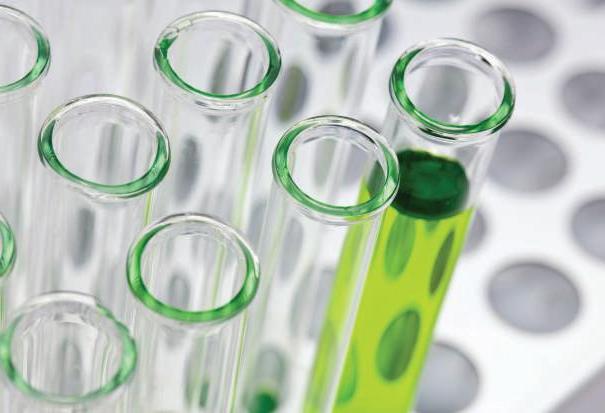ENGINEERING | SECTOR ESSENTIALS
TOP THREE TRENDS IN ENGINEERING FOR GRADUATES TO KNOW The pressure is on for the industry to embrace the digital transformation and keep up with market demands.
I
n recent years, the engineering industry has gone through exciting changes and seen ground-breaking developments, such as the rise of automation and the application of intelligent machines. These developments, combined with Singapore’s plan to transform itself into a Smart Nation, have led to a strong demand for a future-ready engineering workforce and people who are well-versed in new and advanced technology tools that can bring business value. Keeping up with what is trending in the industry will not only provide graduates with an idea of the job opportunities that these advances have opened up, but also awareness of the skills needed for them to be more employable. Here are three significant industrial trends graduates should take note of – and impress engineering recruiters with!
Trend #1 Automation and robotics The rise of automation and robotics may not be a new trend, but they continue to revolutionise the engineering sector. Robots and machines are displacing workers, dominating workplaces and becoming the true backbone of many organisations while humans just manage them on the sidelines. A notable example of a company that has integrated automation and robotics into their operations is SIA Engineering. The corporation deploys air tugs that allows ground crew to move an aircraft backwards wirelessly, as well as air casters to float heavy objects off the ground. Such devices help ensure that staff welfare is protected, as employees no longer have to perform such strenuous and manual tasks. Moreover, the use of automated machines and robots are key for fastgrowing industries to manufacture products in high quality and quantity in the shortest possible time. This is important for industry stakeholders, as automating labour-intensive processes also leads to significant cuts in manpower costs.
68
STEM Career Guide 2021
Trend #2
What this means for graduates
The Industrial Internet of Things
Engineers with technical skills and knowledge in manufacturing technologies and programming are highly sought-after. Employers are looking for engineers to design, install, programme, operate and maintain machines and robots used in their operations. Aside from technical skills, recruiters also seek engineers who are investigative and possess problemsolving abilities. To showcase these traits to prospective employers during the job application process, graduates can read widely about the issues stakeholders in the field face, and explain how they can contribute to the firm’s efforts to solve the problems. Employers also value applicants who possess foresight, as well as the ability to look at the bigger picture of how minute details can affect larger processes. These qualities often indicate a candidate’s potential to continually innovate and come up with new applications of technology to solve problems. But because the industry is so dynamic with new entrants regularly joining the fray, there may be a shift in dominance within the cloud scene.
The Industrial Internet of Things (IIoT) is a branch of a larger technological development known as the Internet of Things (IoT), which, in turn, refers to connecting devices to the Internet and to each other. This tech application has paved the way for “smart” processes, where intelligent devices with independent learning capabilities are able to communicate the collected data to one another within an integrated system. Imagine a world where your smart fridge is able to order groceries for you because it detected that your fresh milk has gone bad. This is how IoT can be used in a consumer setting. IIoT, on the other hand, is the application of IoT technologies in the industrial world, where more is at stake, and a single error can lead to high revenue loss. For instance, a company dealing with the shipping of temperaturesensitive pharmaceutical drugs can benefit from this technology by using real-time data to read the exact conditions the drugs are exposed to. This allows the organisation to keep track of whether the goods are exposed to very high or low temperatures. If the products were, in fact, under these



































